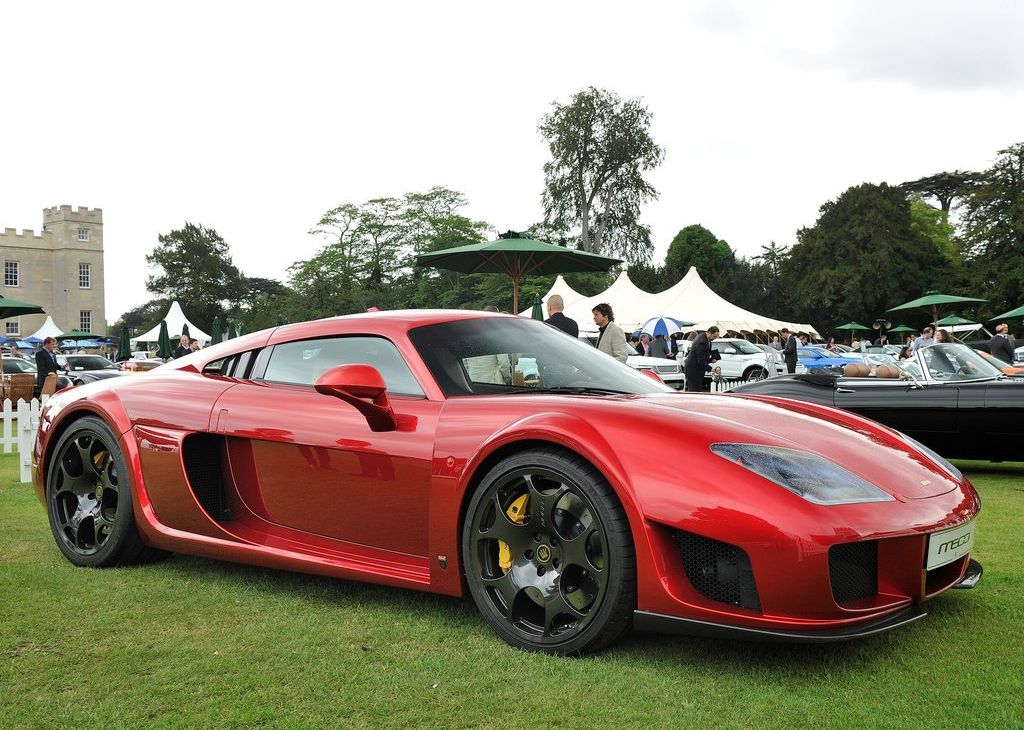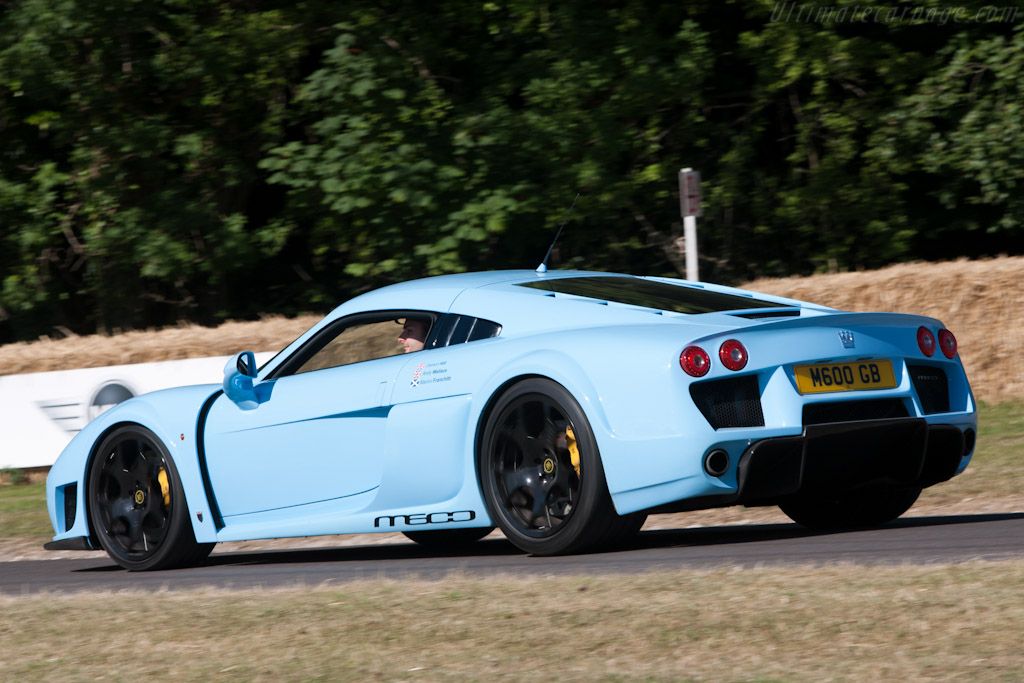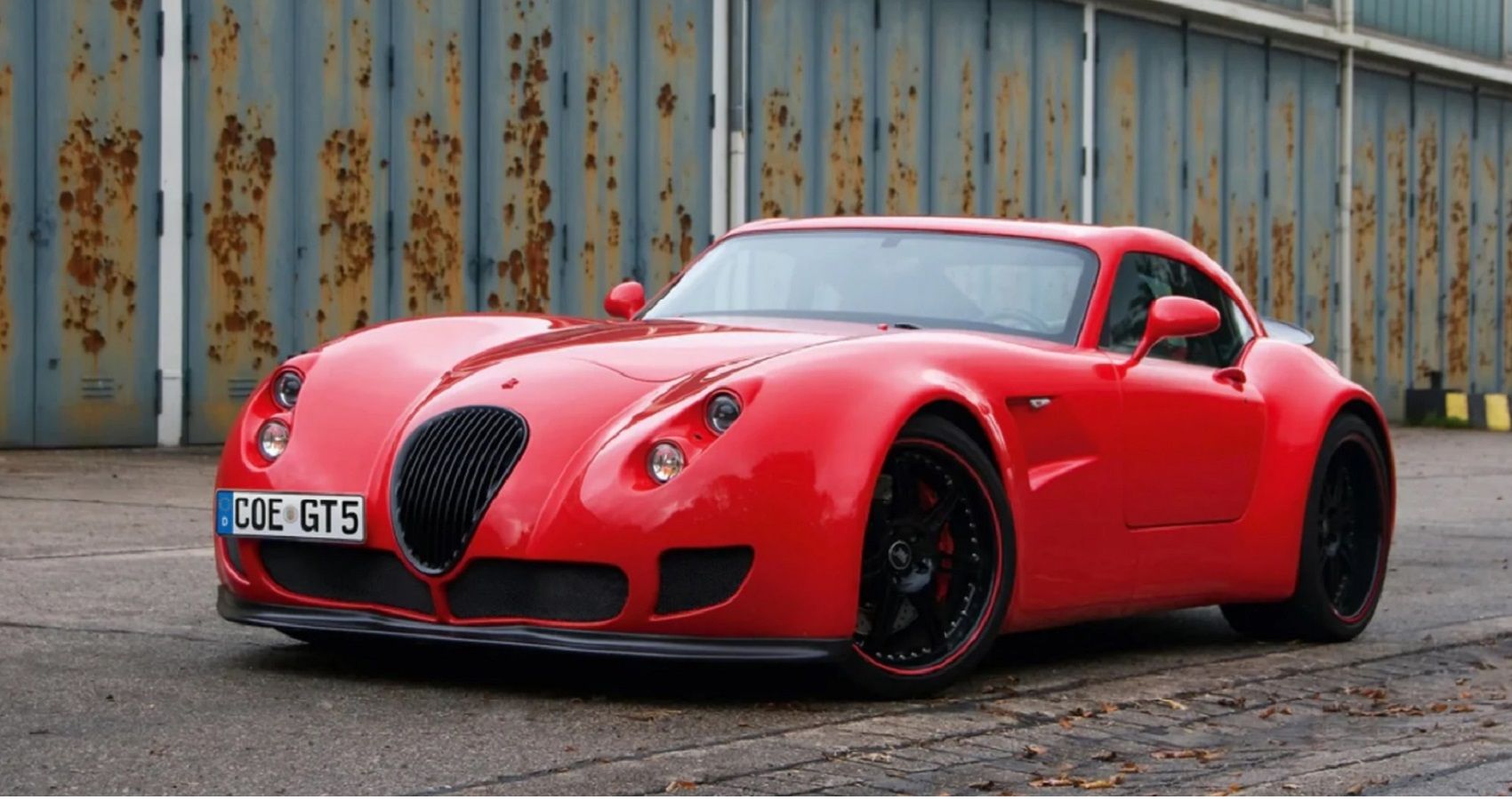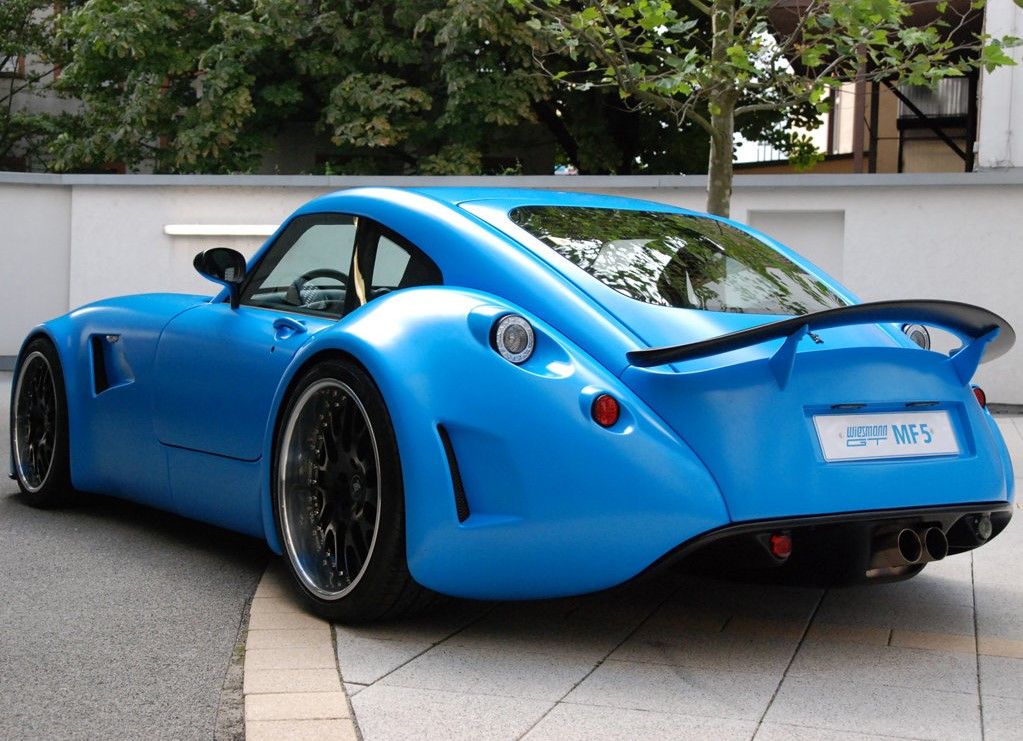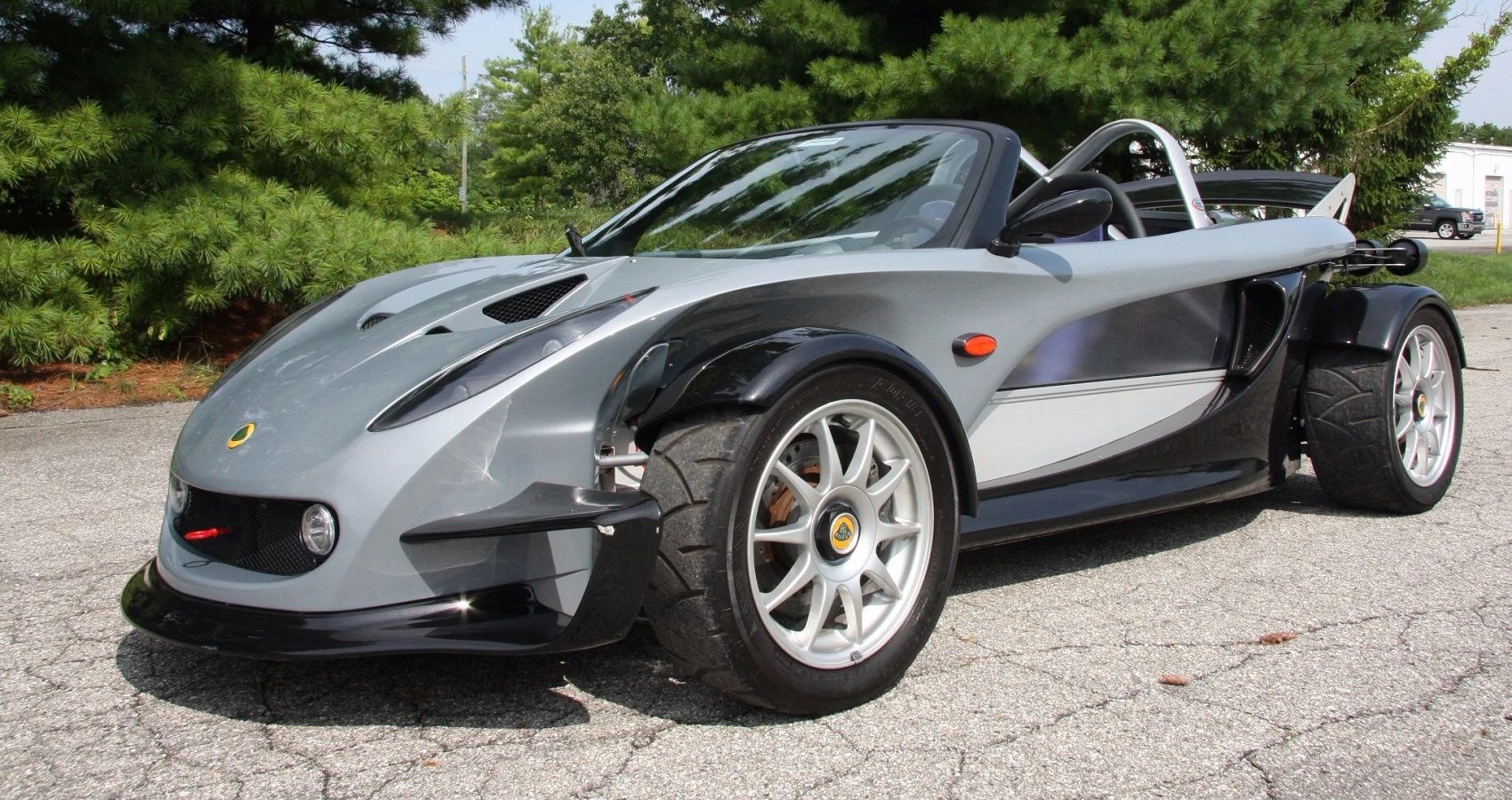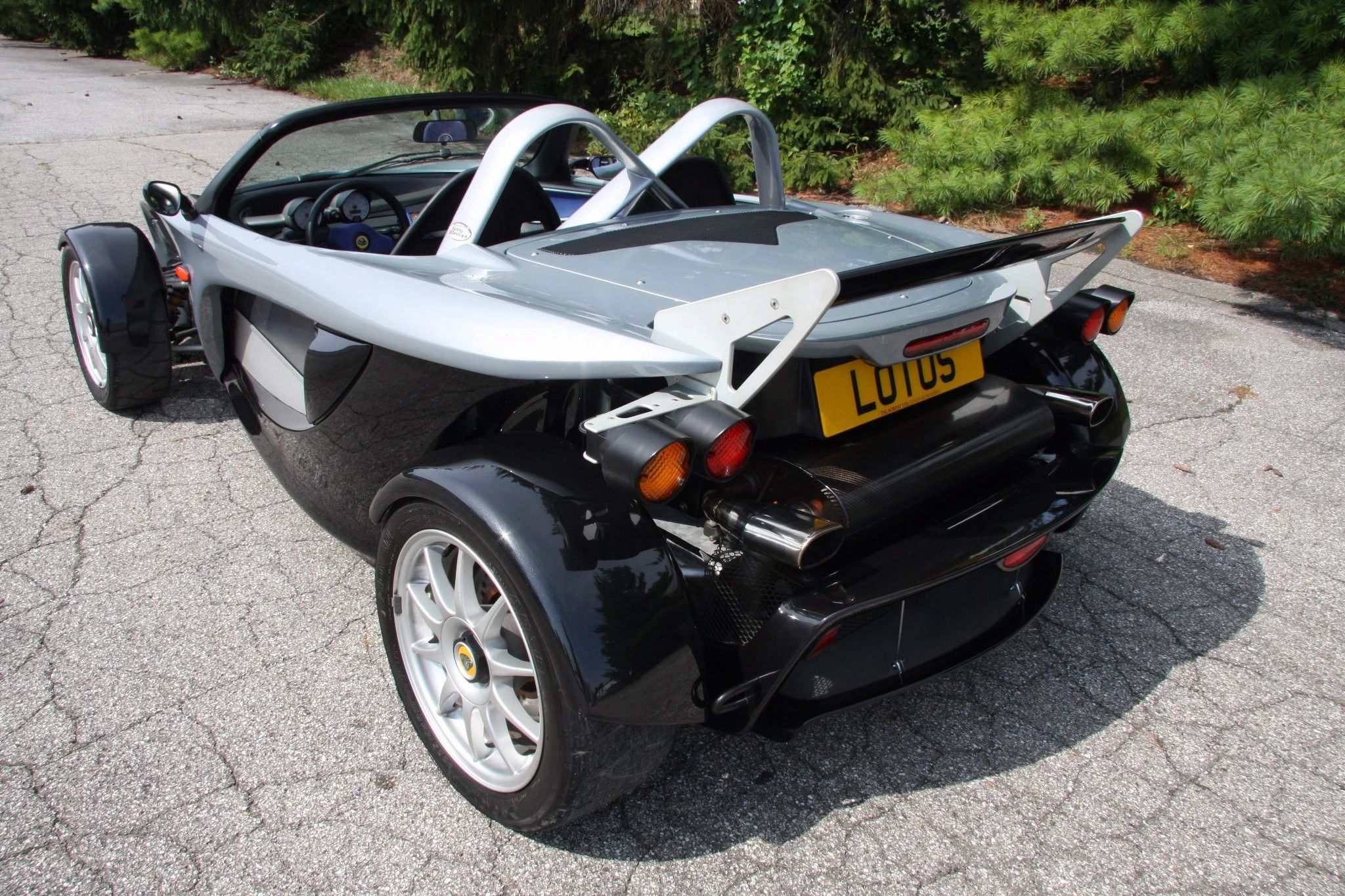The US is home to one of the largest car markets in the world. Even though there are multiple American automakers selling millions of vehicles in the US every year, foreign manufacturers know that they can achieve a great level of success once their vehicle is accepted by American buyers.
However, not all vehicles are granted entry into the US market. The National Highway and Traffic Safety Administration has set certain standards that all cars must meet to be allowed into the US market. Many of these standards are necessary to ensure Americans have some of the safest cars on the roads, but some are based on nitpicking and bureaucracy. Regardless, these regulations have prevented American gearheads from driving some pretty awesome cars. Let’s explore ten of them.
10 Porsche 959
In the ’80s, the FIA introduced Group B rallying and gave manufacturers the freedom to create some of the greatest rally cars we’ve ever seen. One of them was the Porsche 959, the world’s first four-wheel-drive supercar to most gearheads.
To meet homologation requirements, Porsche produced 337 road-legal examples of the 959. Powered by a 2.8-liter twin-turbo flat-six making 444 ponies, the 959 could achieve a top speed of 197 mph, making it the fastest production car in the world at the time. However, since it was never crash tested, it couldn’t be sold in the US even after Bill Gates and other notable individuals bought it. Gates’ 959 was held by the Customs Service for over a decade until the “Show or Display” law was introduced in 1999.
9 Pagani Huayra
The Zonda was an important car for Pagani, as it showed that the new automaker could build a world-class supercar. Its successor – the Huayra – was better in every way, despite having a name that many still can’t pronounce to date.
We love the Huayra’s design and insane power, even though we know it’s out of reach financially. But, even with all the money in the world, it’s still illegal to own a Huayra in the US. The NHTSA banned it since it couldn’t meet airbags guidelines.
8 TVR Sagaris
TVR doesn’t get a lot of love from gearheads, but it’s one of the top British sports car manufacturers of the last three decades. One car that shows that is the Sagaris – a superb sports car produced in the late 2000s.
The Sagaris has a stunning design and plenty of power to play with, thanks to its 4.0-liter inline-six engine with 400 hp on tap. However, despite having all this power, the Sagaris doesn’t have key safety features like airbags, which is why it’s banned in the US.
7 Lotus Elise Series 1
The Lotus Elise took the world by storm when it debuted in the ’90s. The Elise had a winning formula that earned it a cult following worldwide – a lightweight, agile, quick, and extremely fun little sports car that didn’t cost too much.
Despite all the positives, the Series 1 Elise couldn’t meet the NHTSA’s safety requirements, mainly since it was insanely quick and didn’t have a roof. It still makes a great track day car, though.
6 Jaguar XJ220-S
Jaguar had a lot of hope riding on the XJ220 in the early 2000s. The XJ220 was supposed to be the supercar that finally put Jaguar on the same level as the likes of Ferrari and Lamborghini when it came to performance.
The XJ220 turned out great despite having a twin-turbocharged V6 instead of the promised V12 and even participated in motorsports as the XJ220-C. Jaguar later built six road-legal versions of the XJ220-C and called them XJ220-S. The XJ220-S models had many modifications to boost performance, including a race-oriented interior, perspex-covered headlights, and an upgraded engine making 690 hp. Due to these modifications, the XJ220-S is considered to be too unsafe for American roads.
5 Saab 9-5 SportCombi
Saab is one of those defunct car manufacturers that gearheads hope will be revived in the future. Saab was known for its quirky but solidly-built cars, and one of the last models to roll out of its production facilities was the 9-5 SportCombi.
The 9-5 SportCombi is a large wagon that impressed many gearheads at the 2011 Geneva Motor Show and was supposed to be sold in the US a year later. Sadly, Saab’s bankruptcy proceedings kicked off and prevented the automaker from providing the required documentation to make the 9-5 SportCombi road legal in the US.
4 Nissan Skyline R34 GT-R
When it comes to Nissans, few models are as revered as the iconic Skyline GT-R. The Skyline GT-R debuted in the early ’70s and impressed many gearheads with its superb design, power, and driving feel, kicking off an iconic nameplate that’s still going strong today.
Any Skyline GT-R generation is a great investment, as they’re some of the most collectible Japanese cars. However, thanks to the 25-year rule, gearheads have to wait until 2024 to import the R34 generation.
3 Noble M600
Noble is a small low-production British sports car manufacturer that has been in business since the turn of the century. Noble’s best car ever has to be the M600, as it received widespread praise from renowned automotive journalists like Jeremy Clarkson.
The M600 received rave reviews thanks to its Ferrari-rivaling design, monstrous 4.4-liter twin-turbo V8, and raw driving feel as it lacked modern driving aids like traction control and ABS.
2 Wiesmann GT MF5
Wiesmann is a little-known German automaker that specializes in hand-built custom sports cars. One of the best-known vehicles built by Wiesmann is the GT MF5 – a powerful two-seater sports car produced in 2009.
The GT MF5 had superb looks and the power to match, thanks to a BMW-sourced V10 engine belting out 500 hp. Sadly, the GT MF5 couldn’t meet the NHTSA’s strict safety requirements as it was more of a track car. But, even if it was allowed in, most gearheads still wouldn’t ever drive one as it’s one of the rarest German cars, with only 55 examples built.
1 Lotus 340R
The 340R is a limited edition sports car Lotus built in 2000. The 340R is like a go-cart on steroids. It started off as a Lotus Elise but was equipped with a custom bodyshell without a roof or doors. Lotus then gave it a 1.8-liter four-cylinder engine producing up to 184 hp, making the 1.545-lb 340R incredibly fun to drive.
Looking at the 340R, it’s easy to see why the NHTSA outlawed it in the US. However, it’s legal to drive on UK roads and in most other European countries.
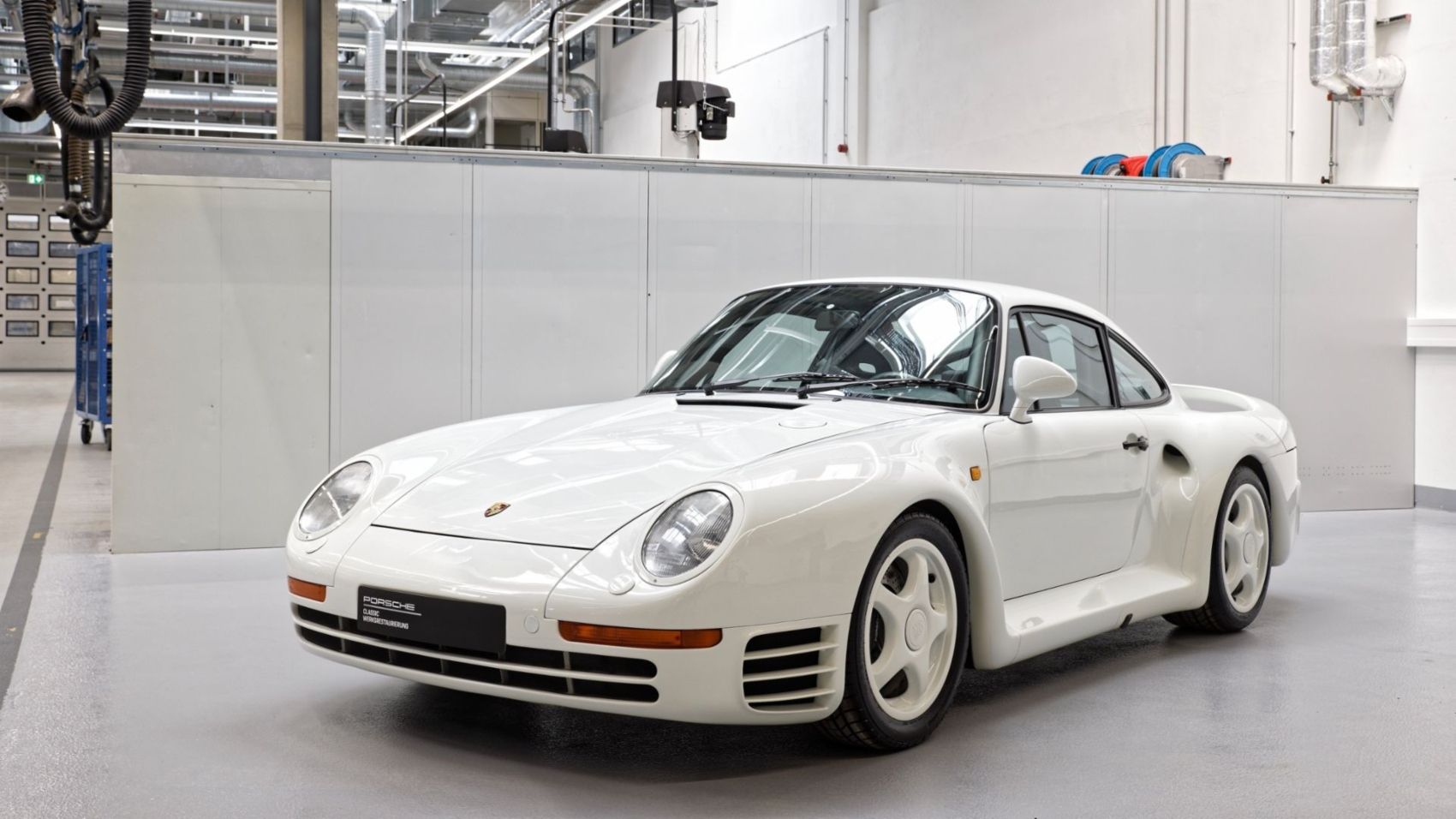
.jpg)
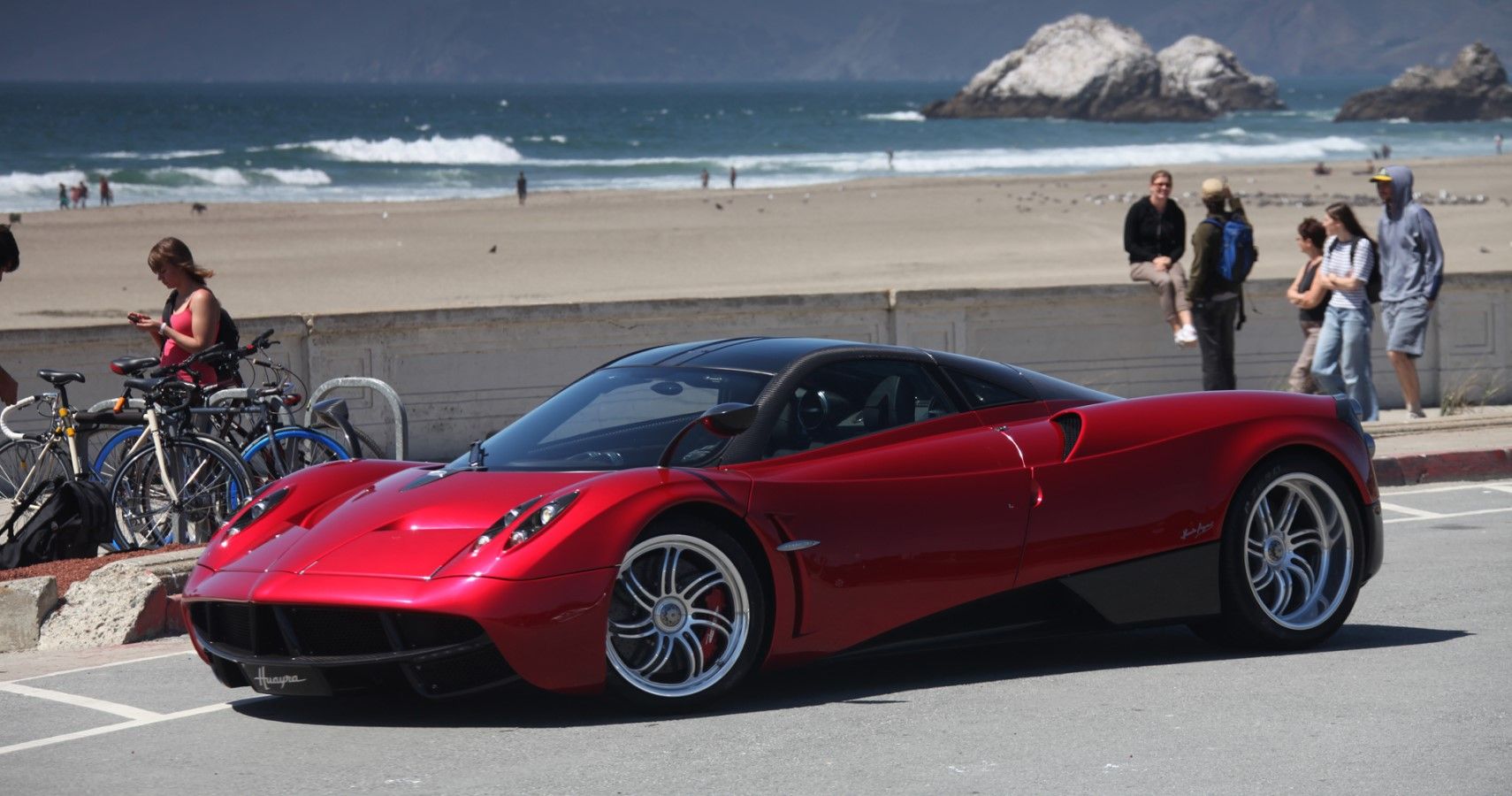
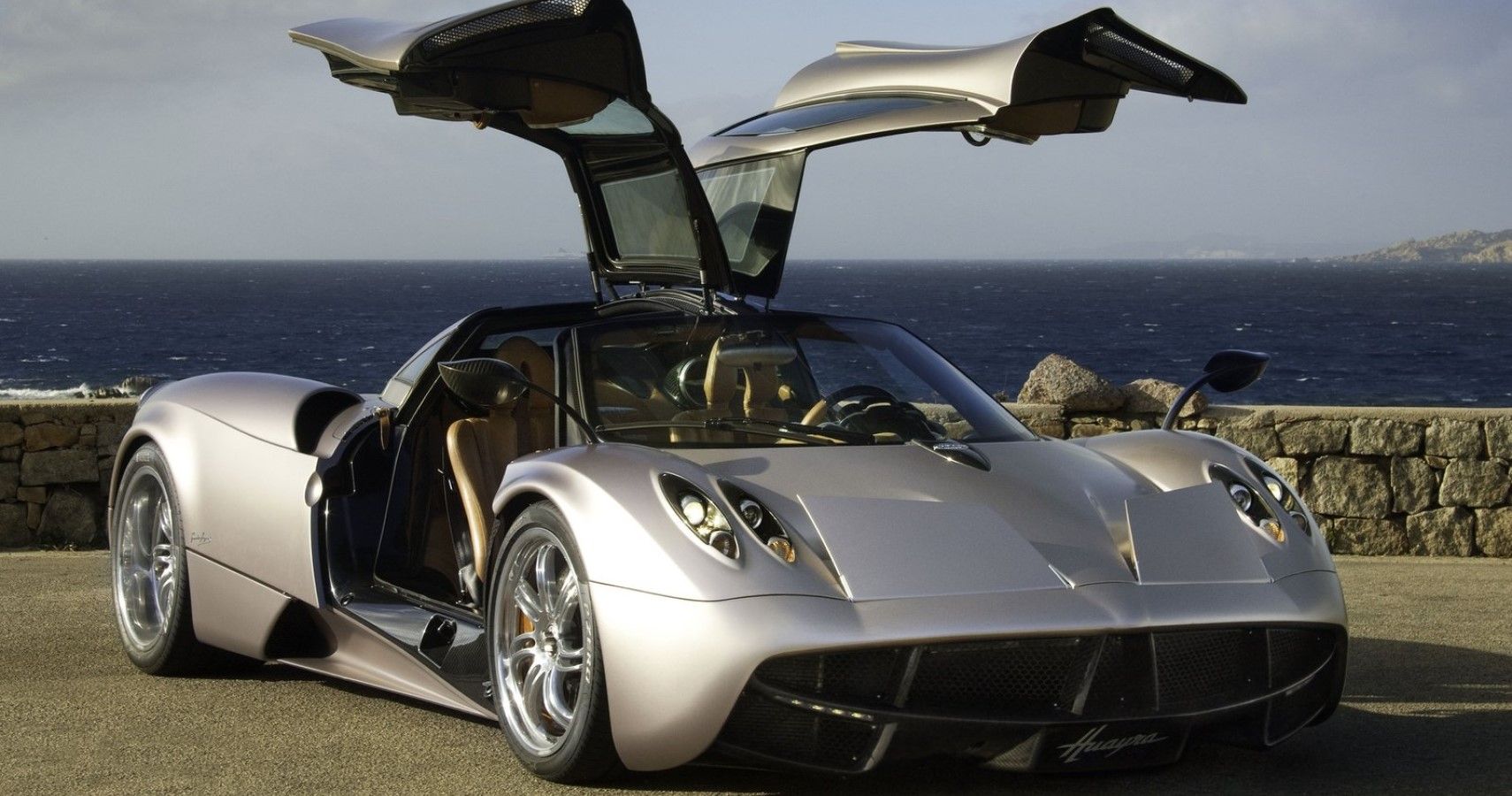
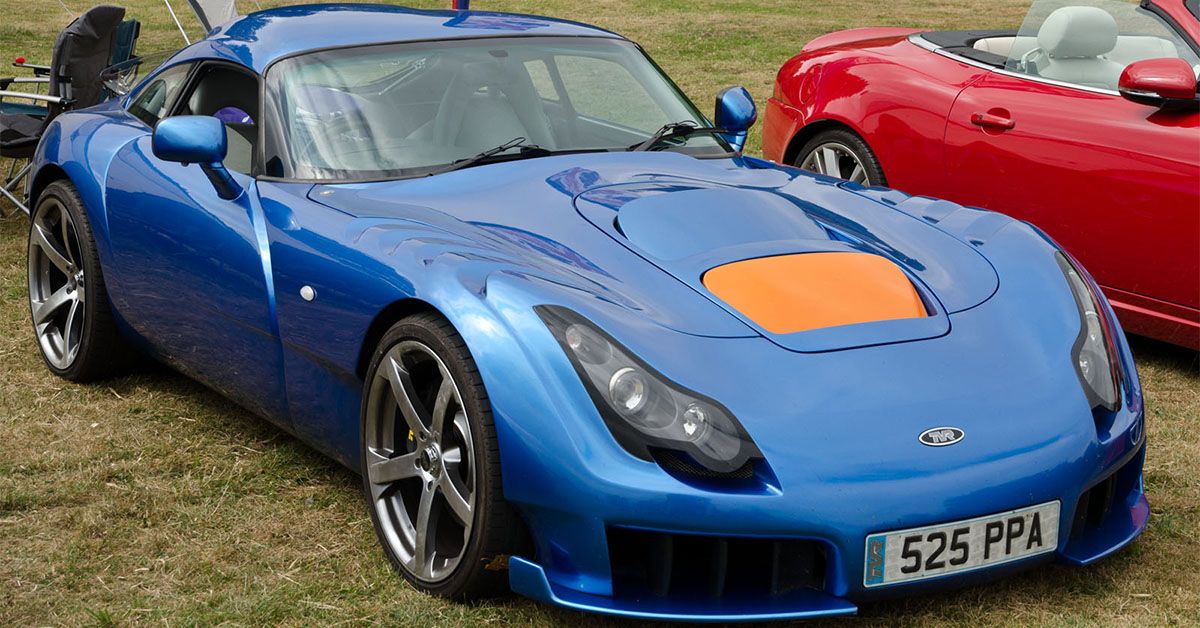
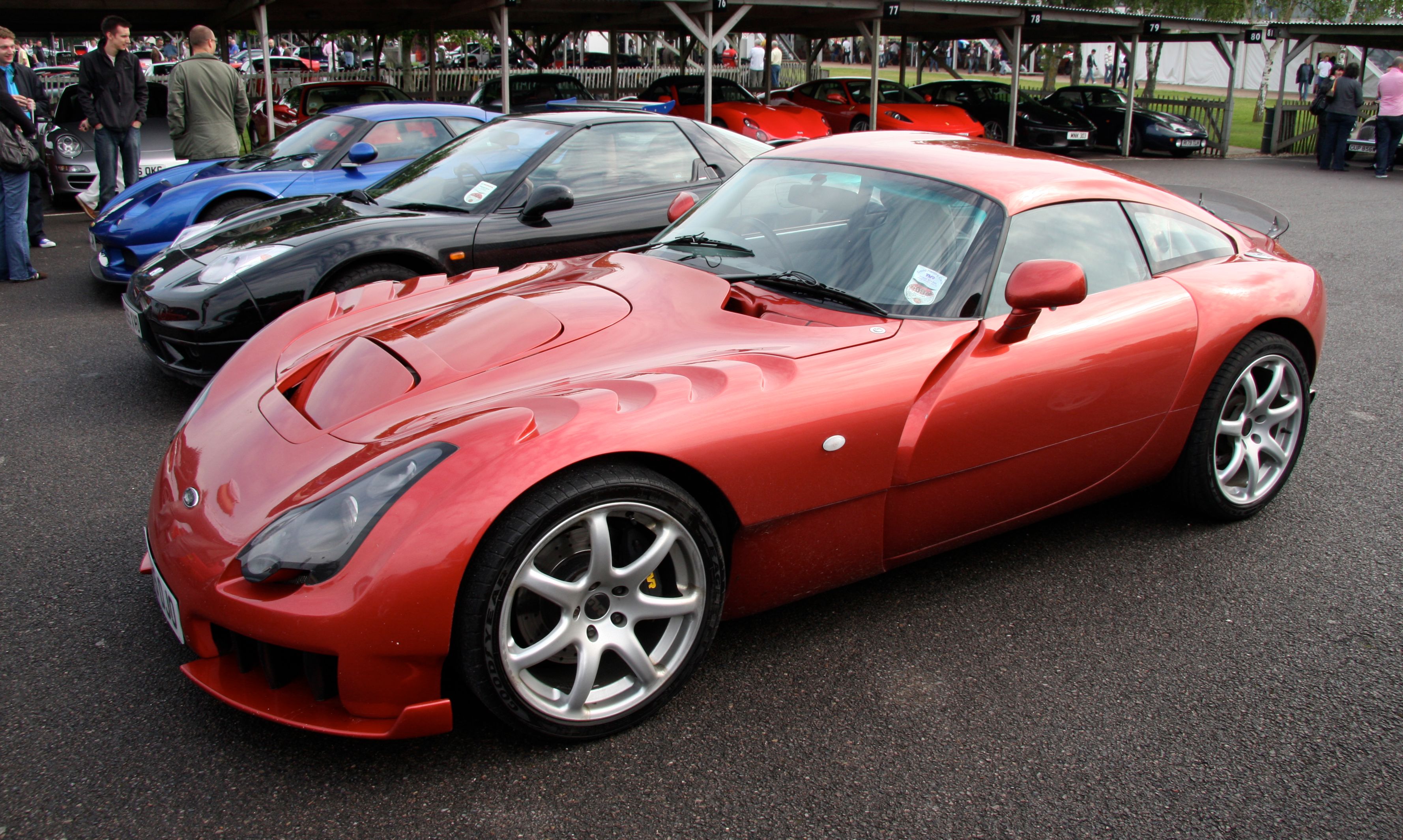
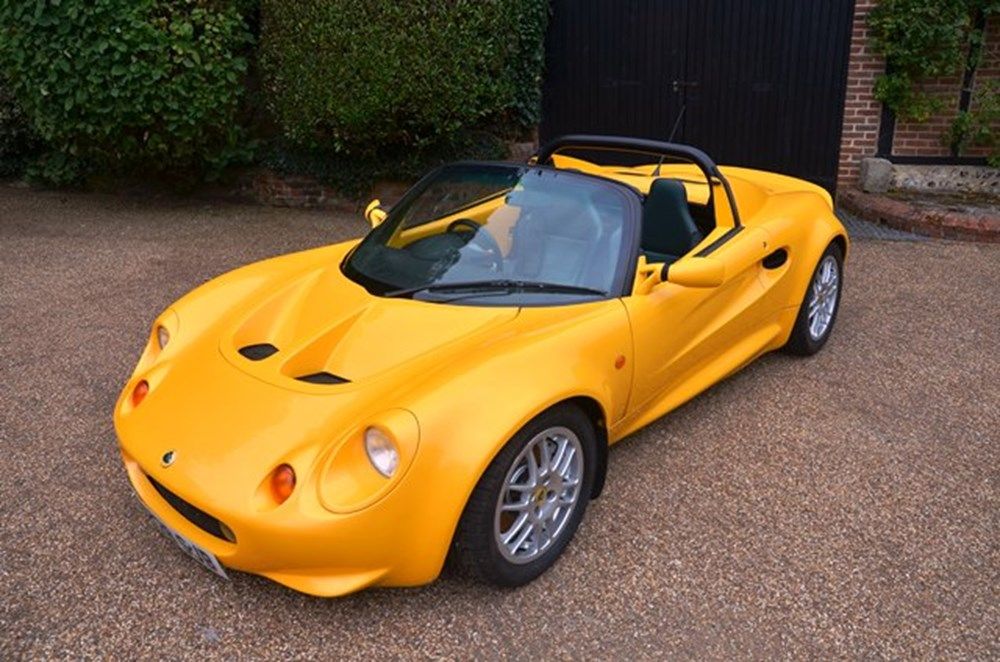
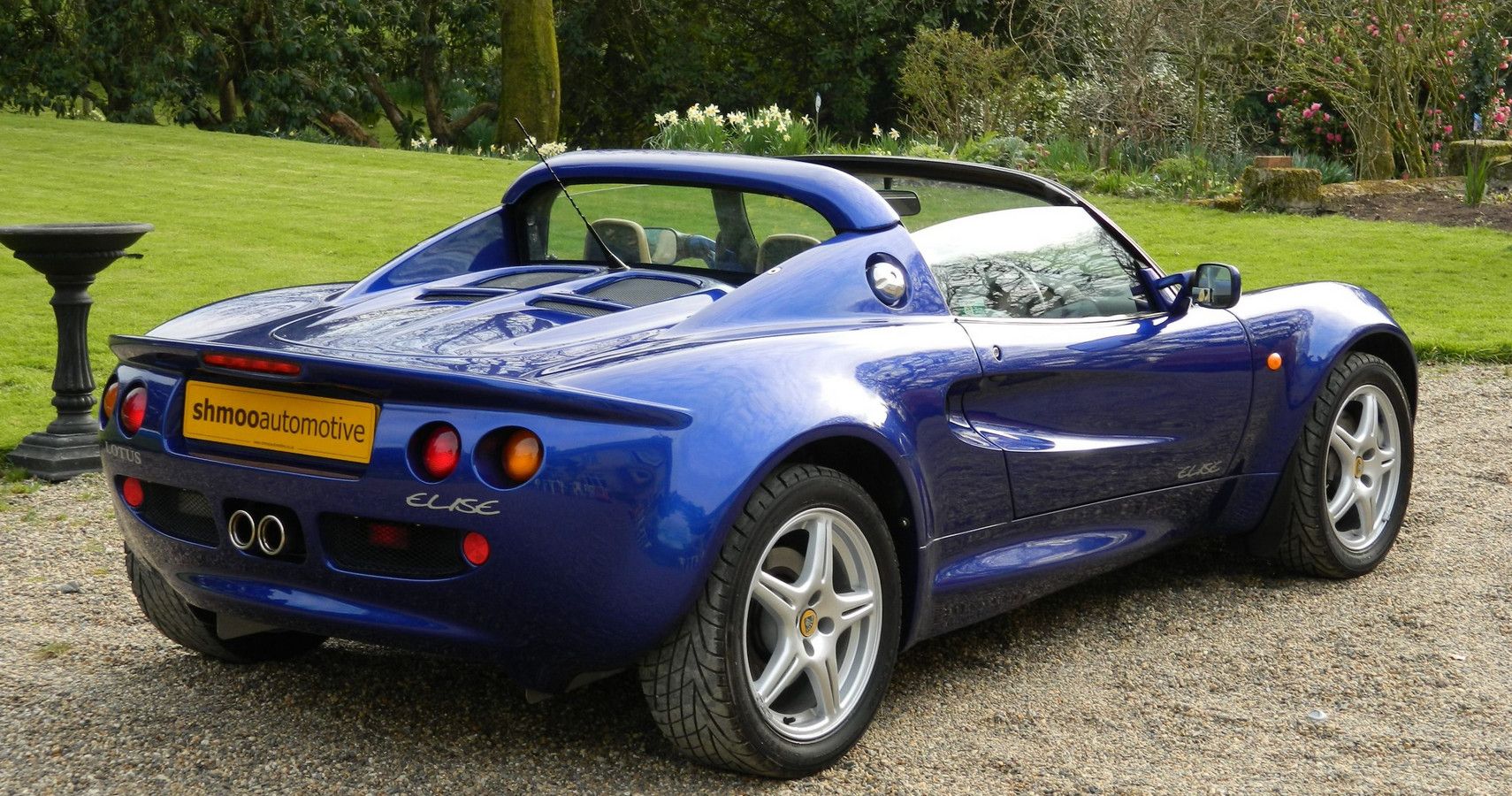
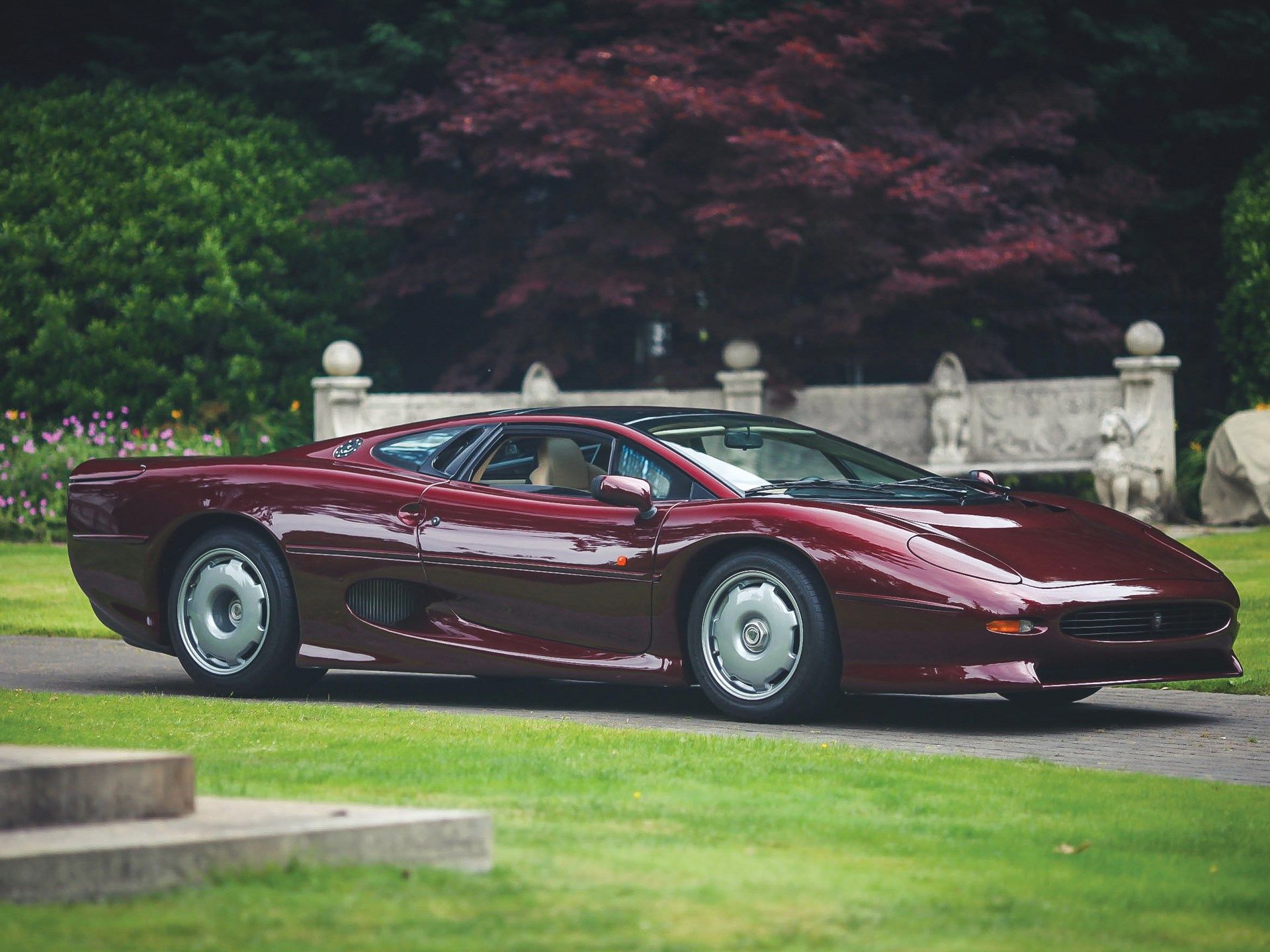

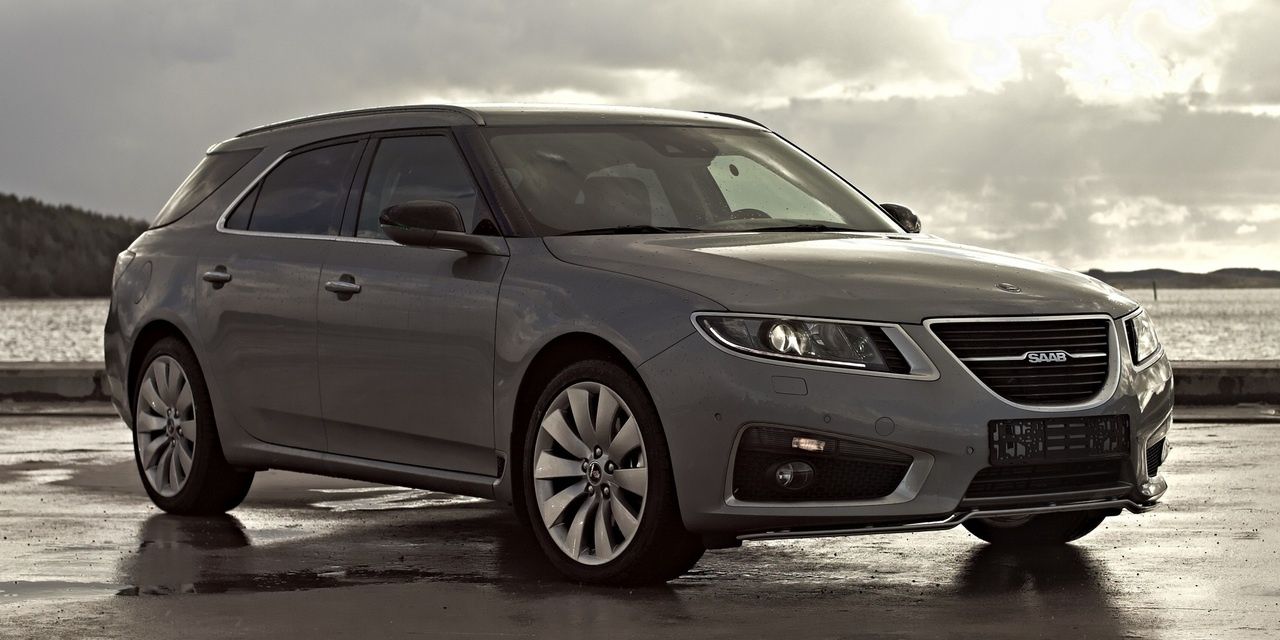

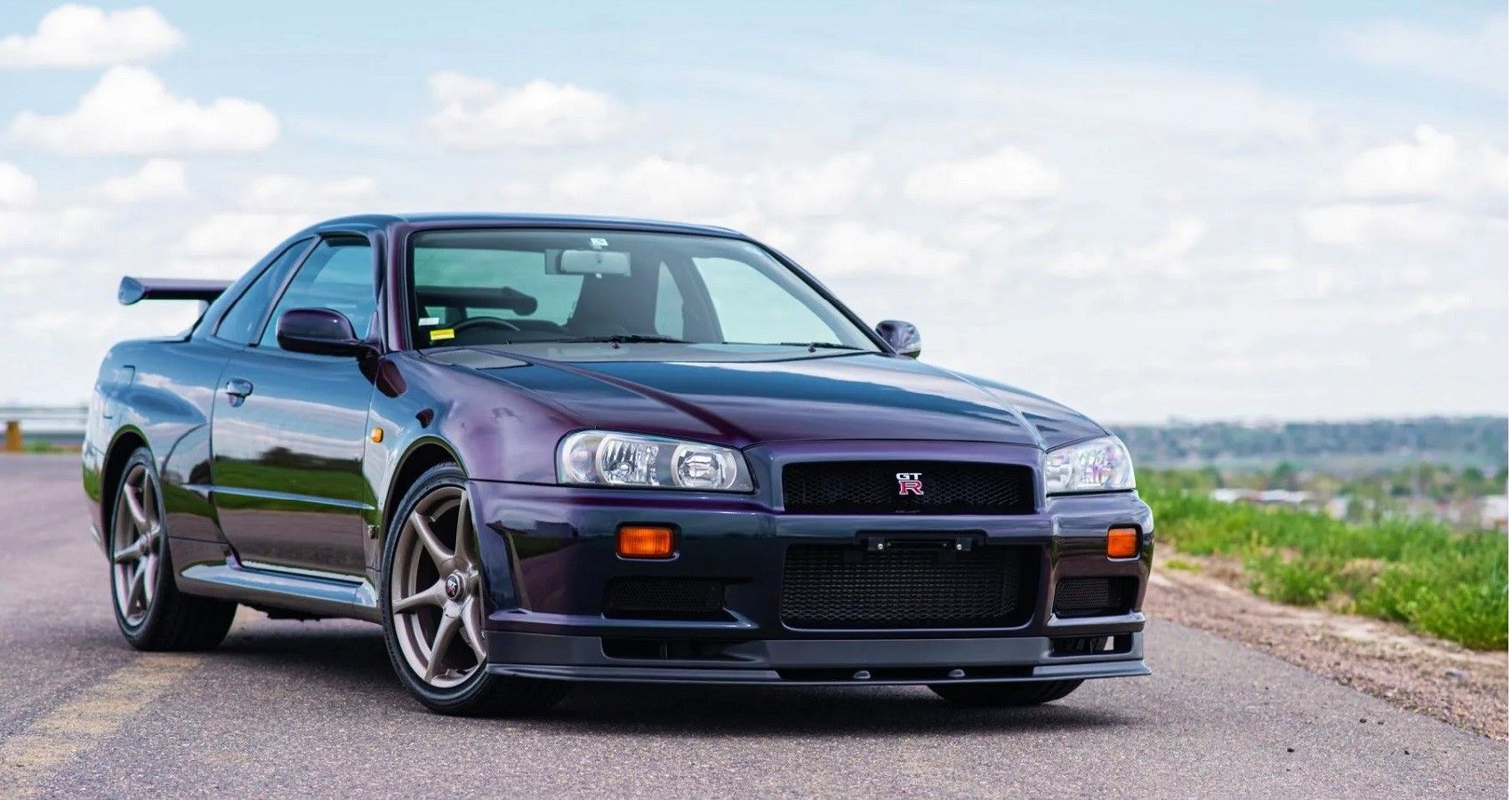
.jpg)
